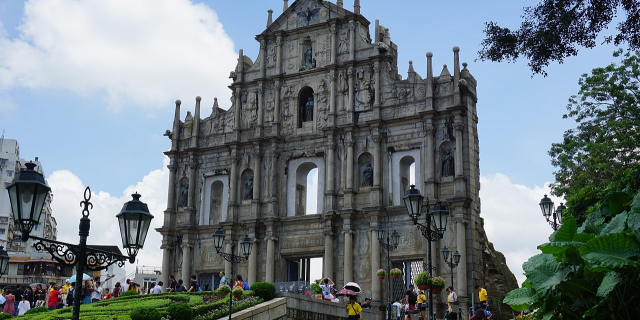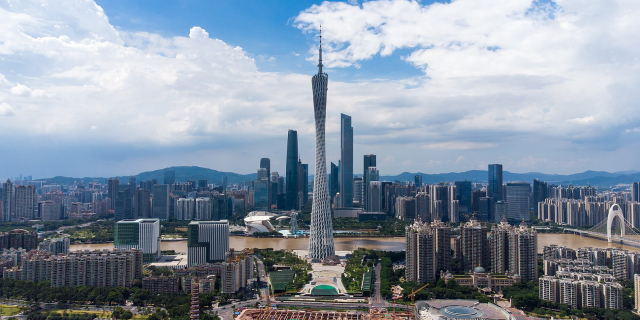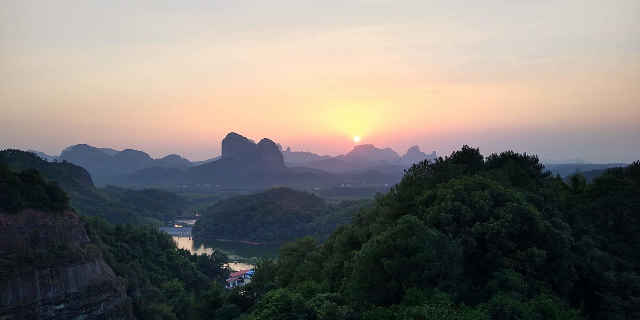Tai O (Chinese: 大澳; Jyutping: daai6 ou3; Cantonese Yale: Daaih’Ou) is a fishing town, partly located on an island of the same name, on the western side of Lantau Island in Hong Kong. The village name means large inlet, referring to outlet for the waterways (Tai O Creek and Tai O River) merges as it moves through Tai O.
Nearby archaeological sites date back to the Stone Age, but permanent, and verifiable, human settlement here is only three centuries old. Stories that would be impossible to substantiate have Tai O as the base of many smuggling and piracy operations, the inlets of the river providing excellent protection from the weather and a hiding place. In early 16th century, Tai O was once occupied shortly by Portuguese during the Battle of Tamão, the remains is known as Fan Kwai Tong (番鬼塘, "Foreign devil pond") today.
Tai O is one of five villages of Lantau that were resettled when the coastal restriction of the Great Clearance was lifted in 1669. The other villages are Tung Sai Chung, Lo Pui O, Shek Pik and Mui Wo.[1]
At nearby Fan Lau, a fort was built in 1729 to protect shipping on the Pearl River. Smuggling of guns, tobacco, drugs and people remains a documented illegal activity both into and out of mainland China.
When the British came to Hong Kong, Tai O was known as a Tanka village. A naval engagement between British and USA naval forces against Chinese piracy was fought in 1855.
At the time of the 1911 census, the population of Shek Tsai Po of Tai O was 118; the number of males was 71. The population of Tai O, both land and boat based, was 7,661; the number of males was 4,318.[2]
During and after the Chinese Civil War, Tai O became a primary entrypoint for illegal immigration for those escaping from the People's Republic of China. Some of these immigrants, mostly Cantonese, stayed in Tai O, and Tai O attracted people from other Hong Kong ethnic groups, including Hoklo (Hokkien) and Hakka.
Tai O has a history of salt production. In 1940, it was recorded that the Tai O salt marshes were covering 70 acres (280,000 m2) and that the production has amounted to 25,000 piculs (1,512 metric tons) in 1938.[3]
Currently the fishing lifestyle is dying out. While many residents continue to fish, it barely provides a subsistence income. There is a public school on the island and most young people move away when they come of age. In 2000, a large fire broke out destroying many residences.[4] The village is now mostly squatters huts and dilapidated stilt houses.





































Add new comment